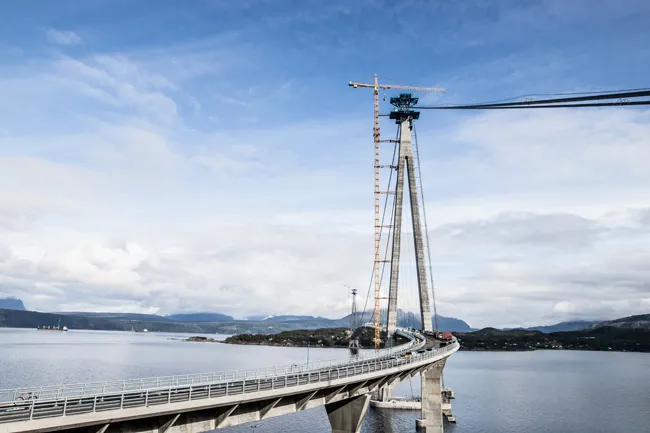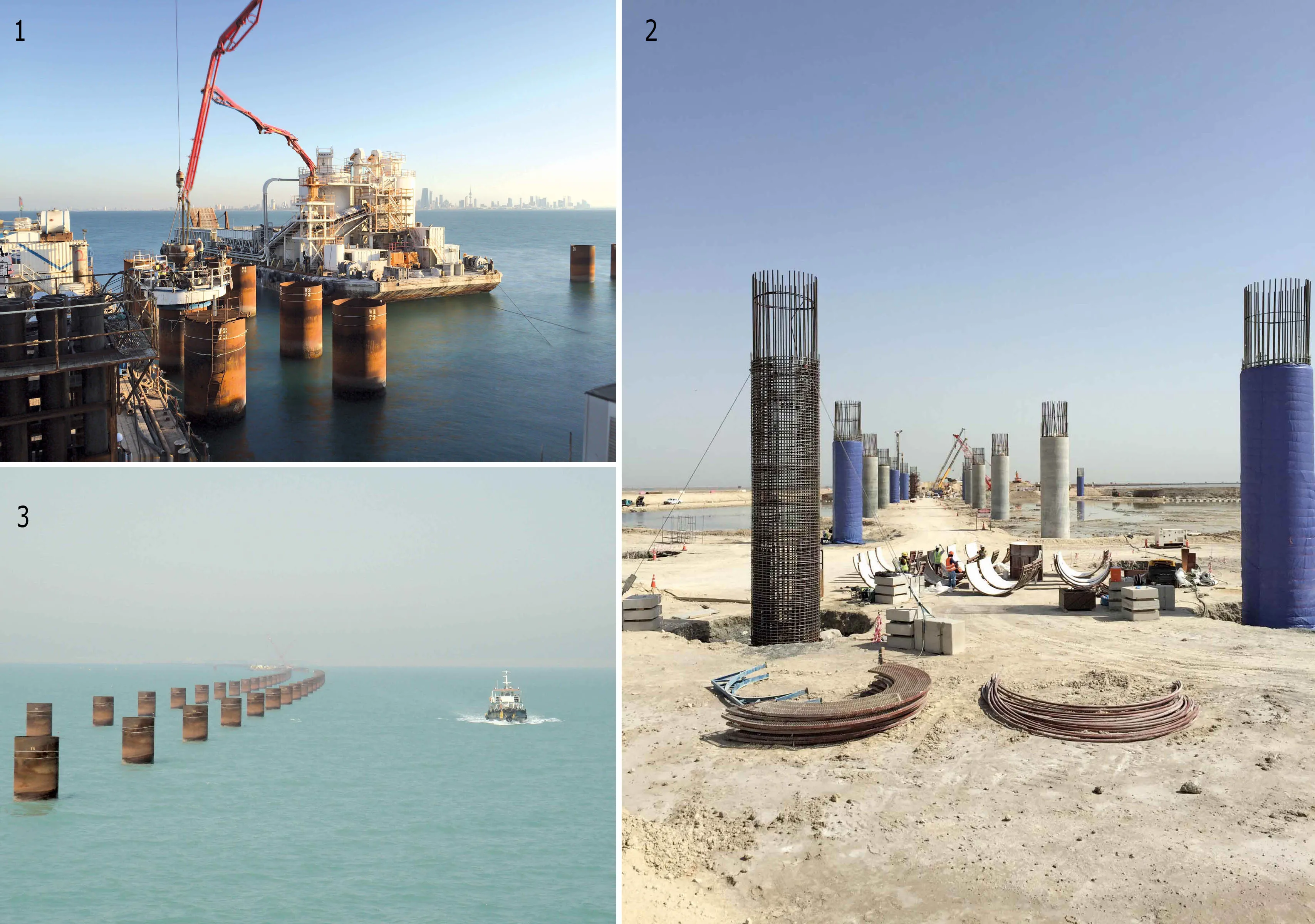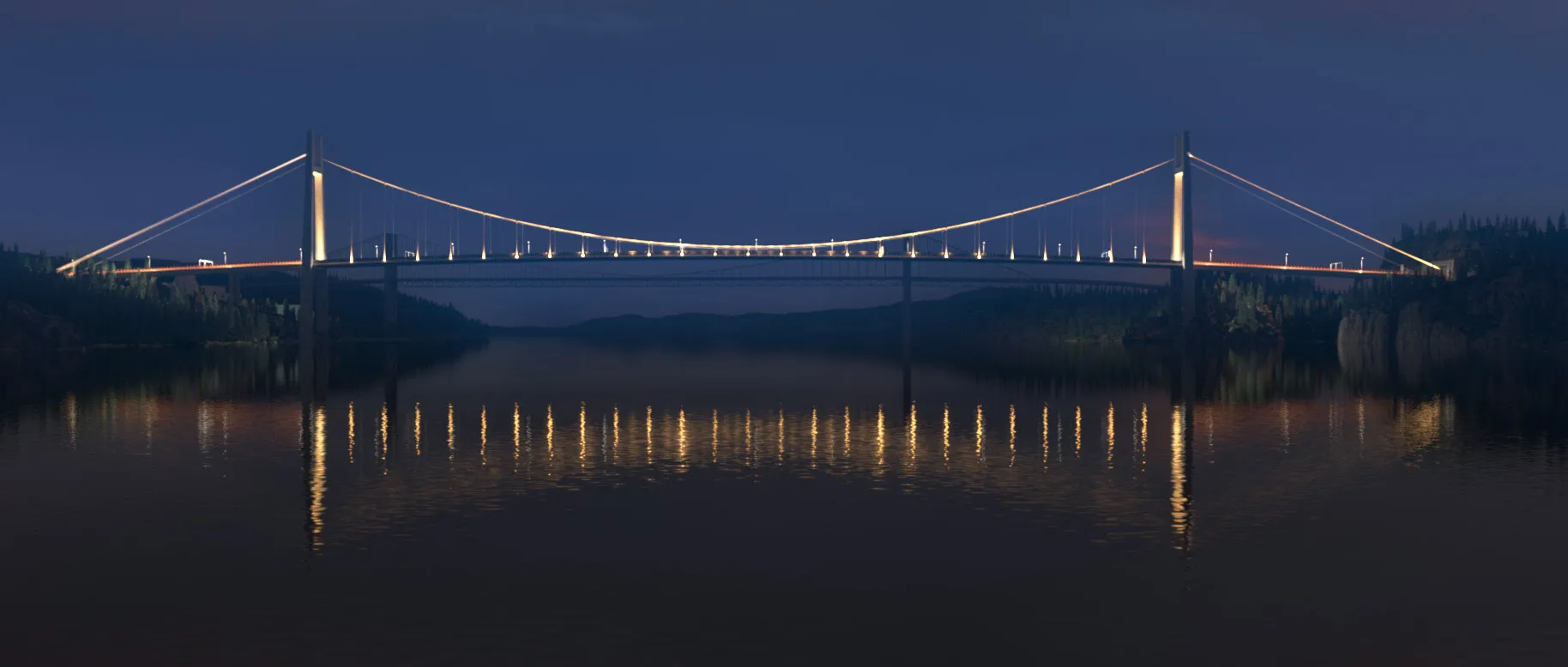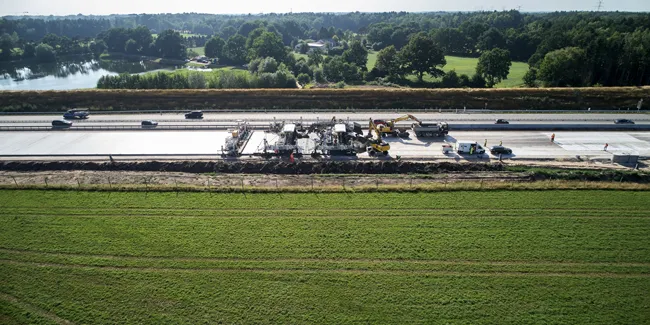
A new bridge is now open to traffic in Norway. The Hålogaland Bridge has a total length of 1,533m and a main span of 1,145m and is Norway's second longest suspension bridge. The structure was designed by
As the project engineer, long-span bridge specialist COWI provided the basic and detailed design for the bridge. The architect for the project was Dissing+Weitling architecture.
Located inside the Arctic Circle, the bridge features two 179m A-shaped towers. Poul Ove Jensen, director of Bridges at Dissing+Weitling, commented: “The bridge is located in a dramatic and magnificent scenery and for this reason, it has been our goal to design the bridge in respect of the natural surroundings. The anchor blocks are recessed in the hills and the only visible parts are the large concrete cones that receives the cable. Even the colours for the bridge are in harmony with the landscape's colours.”
COWI chief project manager Erik Sundet commented: “Opportunities to work on projects like this come very rarely for an engineer – and when they do, they block your calendar for so many years that you do not have time for many other projects on the same scale."
have collaborated on several projects including the Stonecutters Bridge in Hong Kong and Denmark’s Great Belt Link. They also worked together on the concept design of the Bjørnafjord Bridge, a multispan floating bridge which plans to use technology from the offshore industry to cross another deep – and wide – Norwegian fjord, the Bjørnafjorden.








